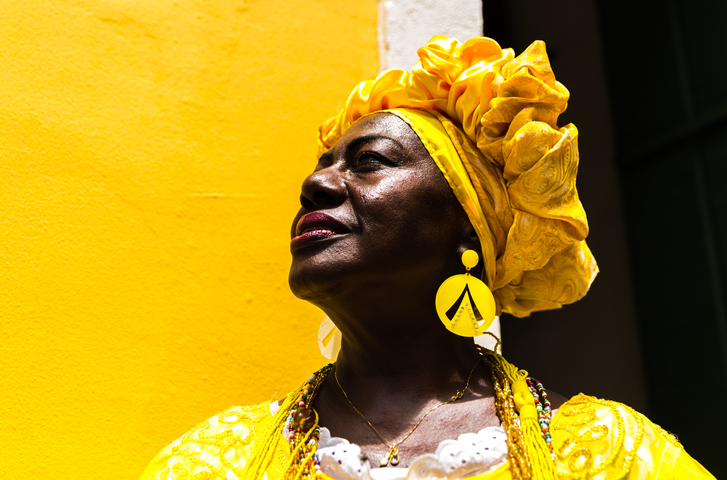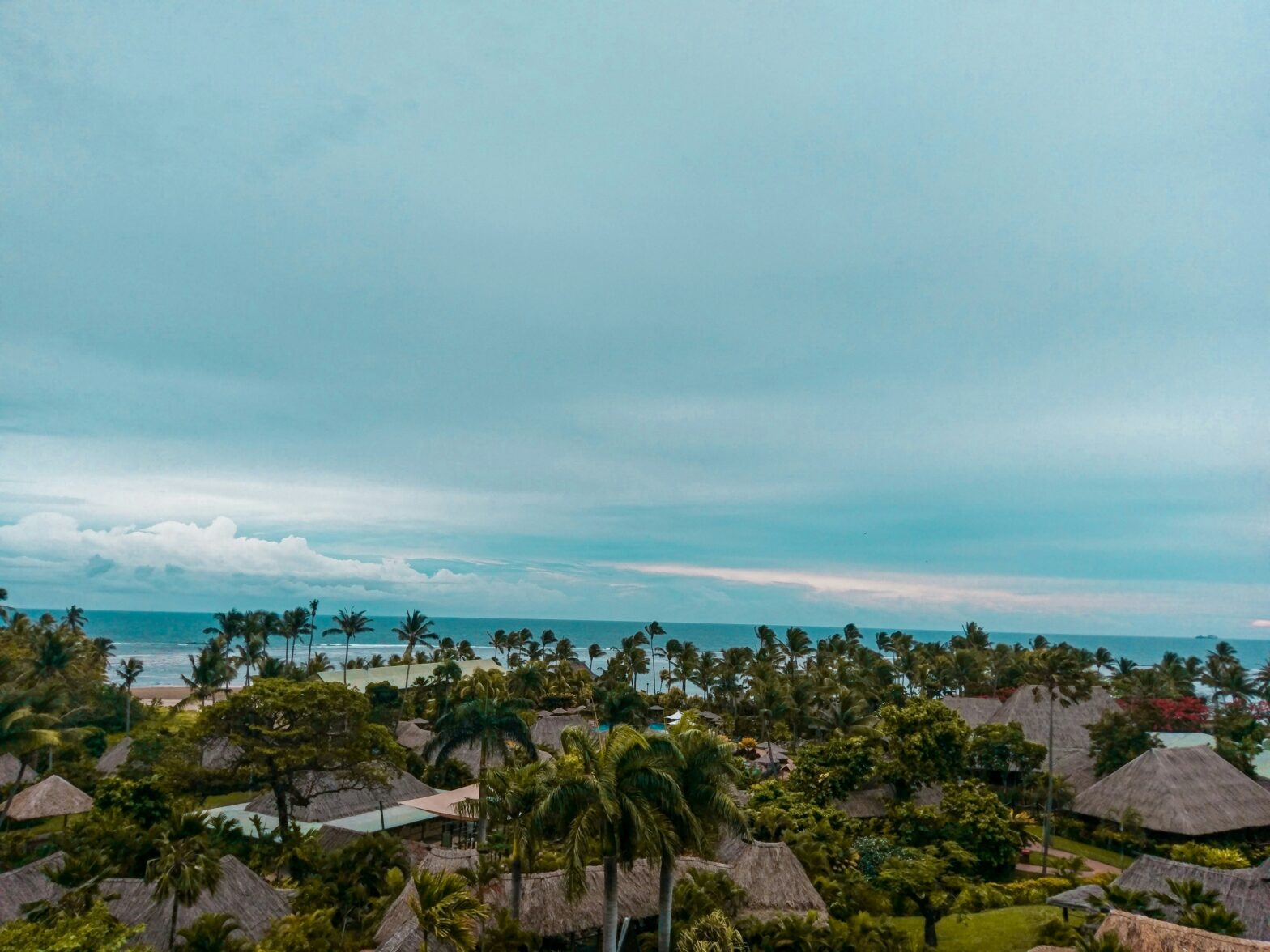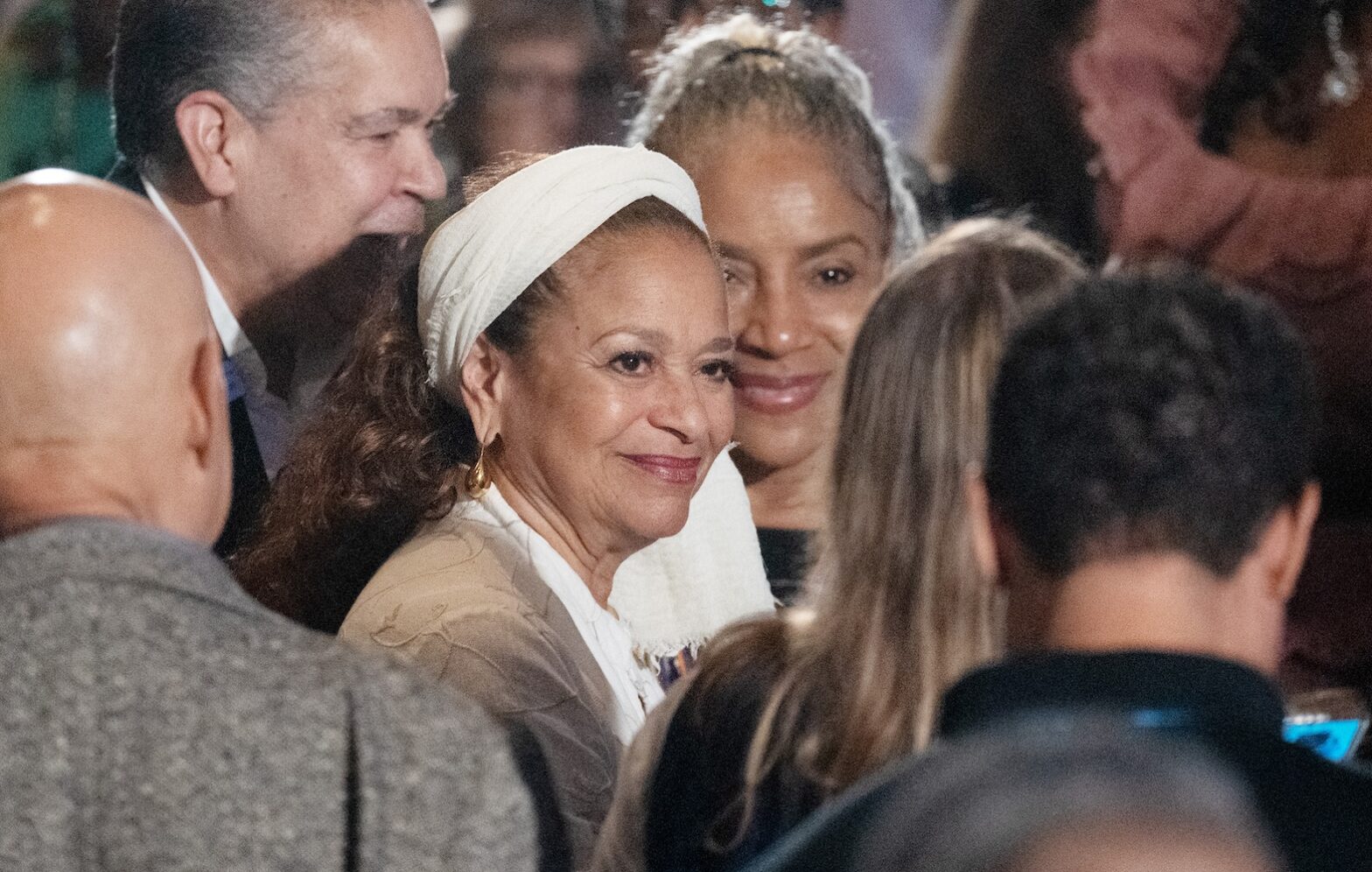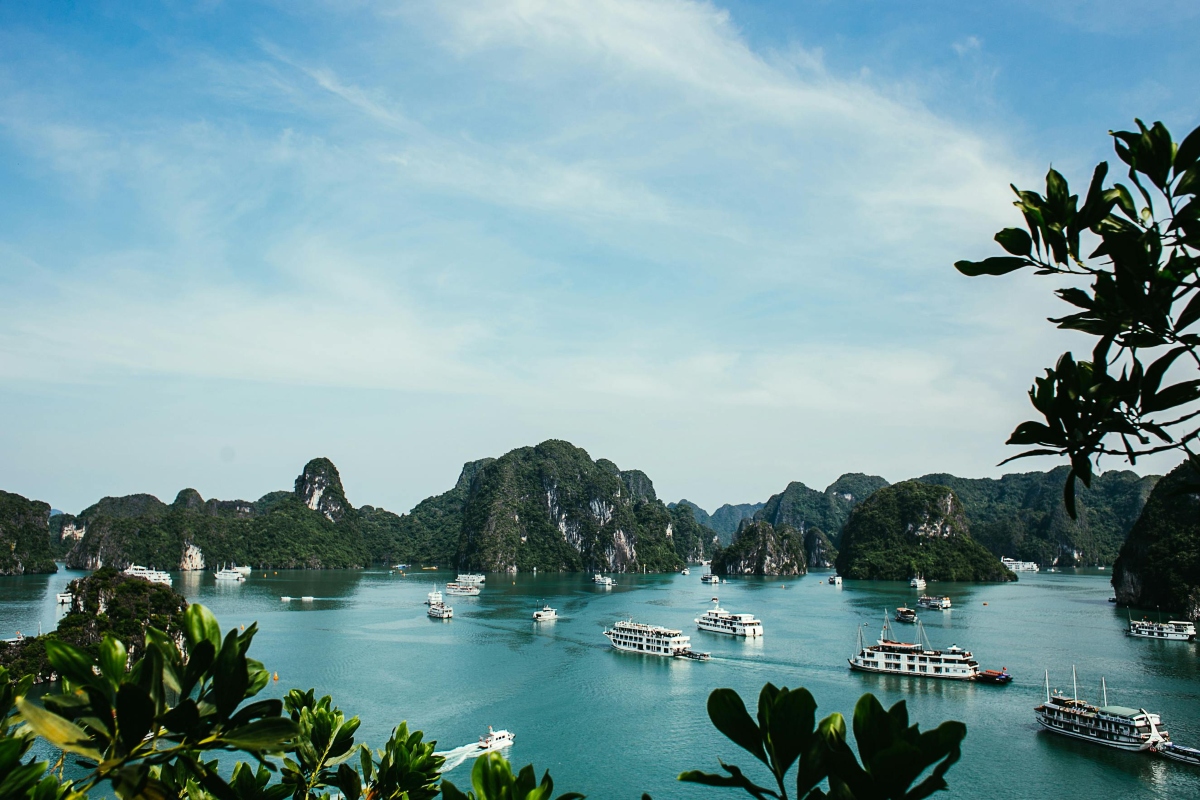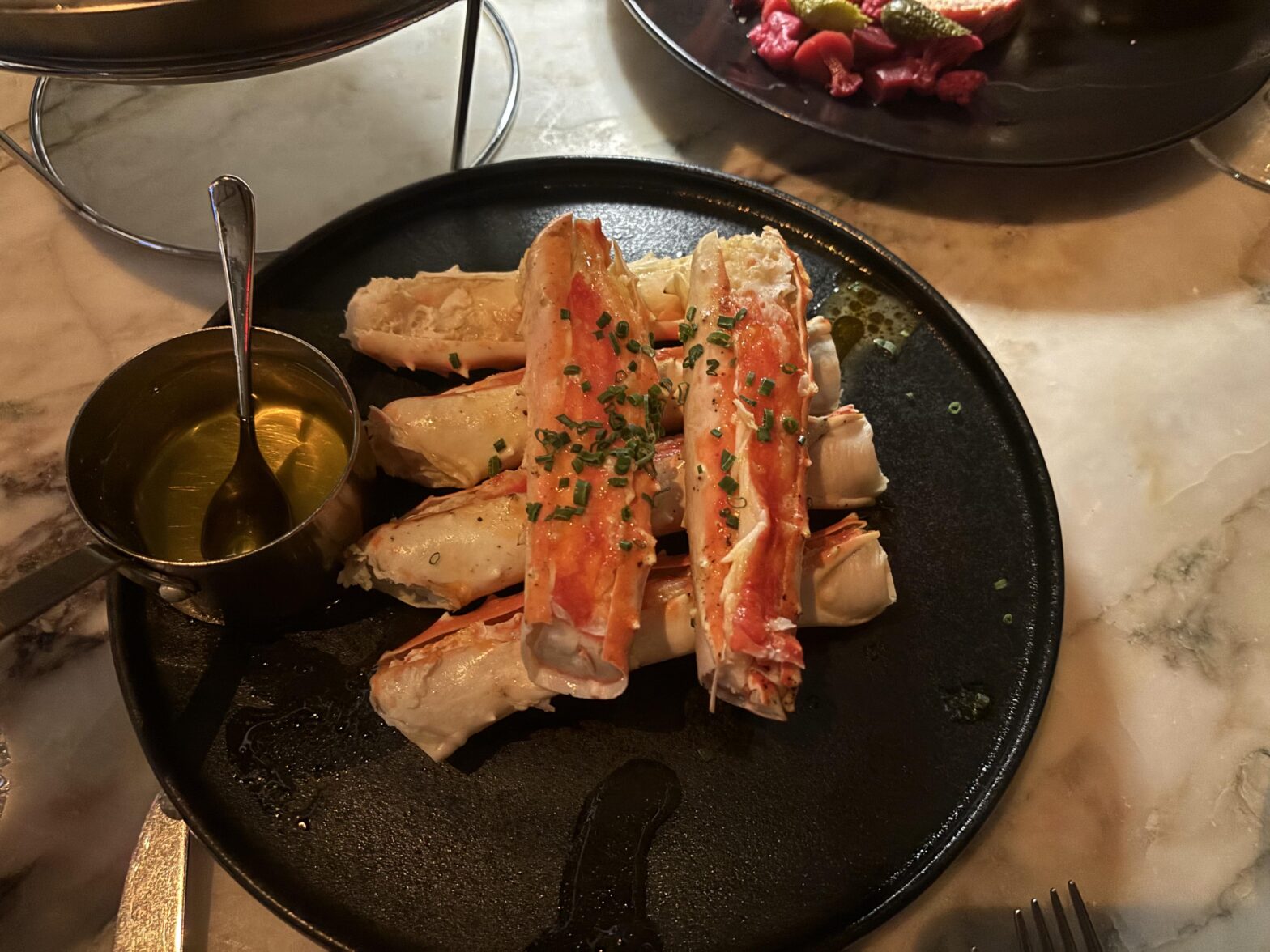Written by: Danielle Dorsey
The circumstances that led me to embark on a five-month solo trek through Latin America could have been plucked straight from Eat, Pray, Love. I was recently heartbroken and completely directionless. I had been so identified with my relationship that I had no idea who I was or what I wanted out of life.
As I considered my next step, I let a single question guide my intuition: When was the last time I felt inspired? Suddenly, I was transported back to Christmas 2017, when I spent two weeks traveling through Cuba. Surrounded by a blend of Afro-Latin influences, Cuba was the first place I felt comfortable dropping my guard. I noticed myself able to navigate situations with ease, no longer assessing the dangers I might encounter as a Black woman entering a space. This constant paranoia had become second nature, but in Cuba I felt safe surrounded by friendly locals who looked like me. I felt myself breathe easy for perhaps the first time in my life.
Suddenly, it became imperative for me to replicate this feeling. I wanted to remove all of the barriers that kept me from fully showing up in a space. It was a fear that I knew ran generations deep, tracing back to ancestors whose movements were closely monitored and who faced violence for the smallest perceived indiscretion. I knew that healing this ancestral wound would not only liberate me, but clear my lineage so that future generations could navigate the world with greater ease.
And so my planning began.
I wanted to challenge myself to travel solo for the first time, but the popular backpacking routes in Europe and Asia didn’t appeal to me. The more research I did, the more I realized how many travel guides catered to a white colonialist gaze, often highlighting the histories of those who violently seized land rather than the Indigenous communities who still peacefully reside in those regions. Unsatisfied with my options, I decided to create a unique itinerary that would focus on the African Diaspora.
I chose Latin America because of its proximity to my home in California (read: cheaper flights) and because like the United States, it’s a region that was impacted the transatlantic slave trade. Because of this, I knew there must be some African Diasporic influence, even if it wasn’t well advertised to travelers.
My plan was to travel to Mexico, Guatemala, Colombia, and Peru. Outside of Colombia, which has the largest population of African-descended people after the United States, Haiti, and Brazil, none of these countries is particularly well-known for their ties to the motherland. I went into my trip mostly blind, relying on vigorous on-the-ground research and tips from helpful locals.
Over the course of my travels, I became motivated not just to unearth gems of African Diasporic history, but to share them with other travelers who, like me, were seeking familiarity abroad.
Here are a few of my top finds:
Chacahua, Mexico
Chacahua is a secluded, predominantly Afro-Mexican village off the southern Oaxacan coast of Mexico. It’s famed for Las Lagunas de Chacahua, a bioluminescent lagoon that is home to a rare type of plankton that glows blue to ward off predators. These phosphorescent creatures are native to the Pacific Ocean but get caught in the lagoon where they provide travelers with a spectacular late-night light show. The plankton comes out year-round, but travelers should go during a dark moon or cloudy night for a more dramatic show.
Las Lagunas de Chacahua is located within a national park that boasts a wide variety of swamp life, including 246 species of flowers and 189 animal species. There’s also a crocodile nursery where Mexican Pacific Coast crocodiles are raised.
During the day, you’ll find relaxing beachfront cabanas and surf-ready waves beckoning at the shores. The easiest way to get to Chacahua is from Puerto Escondido, which is a major surf hub about two hours away. Be prepared to unplug as wifi is almost impossible to find in this tiny village.
Yanga, Mexico
Yanga, located off the Carribean coast in the Mexican state of Veracruz, is celebrated as the first free Black community in North America. It was founded by Gaspar Yanga, who in 1570 led a revolt of enslaved Africans and escaped into the highlands, where he joined forces with other escaped slaves. Led by Yanga, the escaped slaves were able to resist capture from Spanish colonists for decades. In 1618, Yanga negotiated with Spanish officials and was able to secure their freedom along with establishing their village as an independent settlement, which they named San Lorenzo de Los Negros. In 1932, the town officially changed its name to Yanga to honor its founder. It became recognized as a Unesco World Heritage site in 2017 and a state of Gaspar Yanga stands in the town square. Every year on 10 August, Yanga holds a carnival to celebrate Gaspar Yanga’s legacy.
I took a day-trip to Yanga from Xalapa, but it’s more convenient if you’re coming from Orizaba or Cordoba. While Veracruz city was once a popular port for enslaved Africans, most dispersed from the region after abolition. Yanga’s history isn’t well-known to locals and I actually had a taxi driver pull over to question me about where I was going because he thought I was confused. There isn’t much to see in Yanga besides the statue, but it’s definitely worth checking out, especially if you’re in Veracruz.
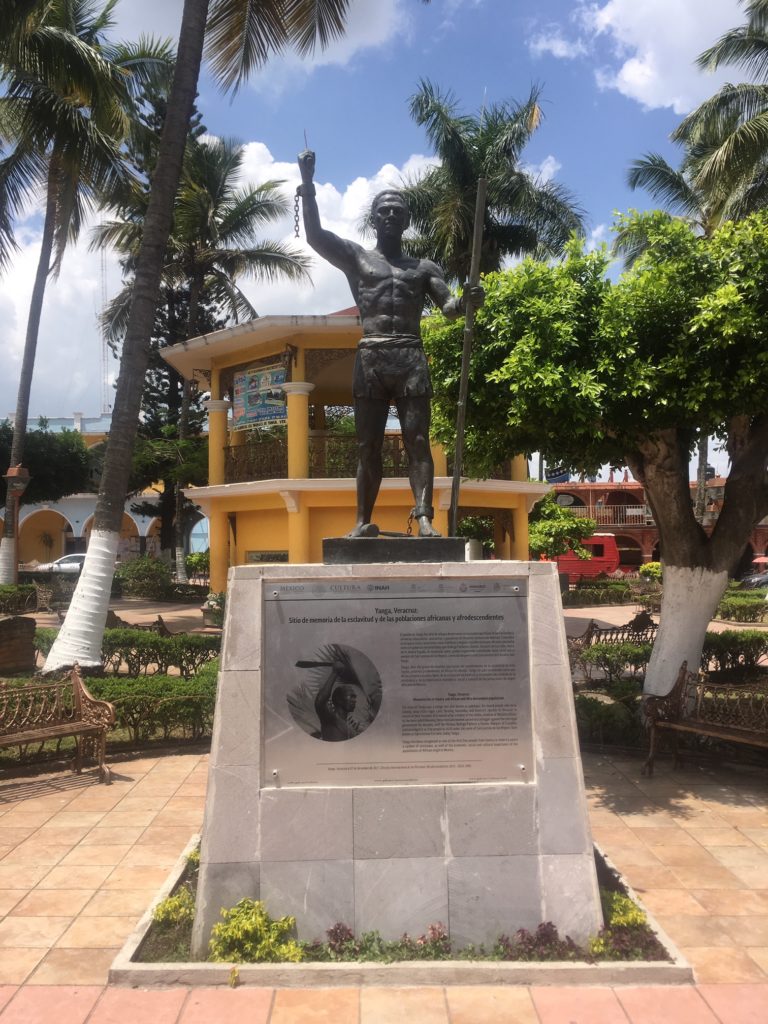
Livingston, Guatemala
A rare amalgamation of Caribbean and West African influences combined to create the Garifuna community that now resides on the eastern coast of Guatemala. Their story begins in 1635, when an African slave ship from Nigeria shipwrecked near the island of St. Vincent. The people who came ashore mixed with Caribbean locals, thus birthing a new culture. The Garifuna people existed on St. Vincent peacefully until the British arrived and deported them to the island of Roatan, now part of Honduras. Those who survived the journey were eventually moved by the Spanish and forced to resettle in parts of Belize. In the early 19th century, many of the remaining Garifunas headed to Guatemala and created the small riverside village of Livingston.
200 years later, Livingston has managed to hold onto most of its traditions, with many locals still speaking their native Arawak language. Mayan culture is also strong in this region and while I was there a local Garifuna man told me that the two cultures essentially exist in apartheid, with many travelers preferring to patron hostels owned by Australian and other white expatriates. Ask about Garifuna Hostel if you’d like to support the local community. You’ll also see an array of mom and pop food stands to choose from near the dock.
Livingston is unlike anywhere else I’ve ever been and the near-constant pulse of reggae music and wafting scents of fresh seafood almost make you forget that you’re not on an exotic Caribbean island.
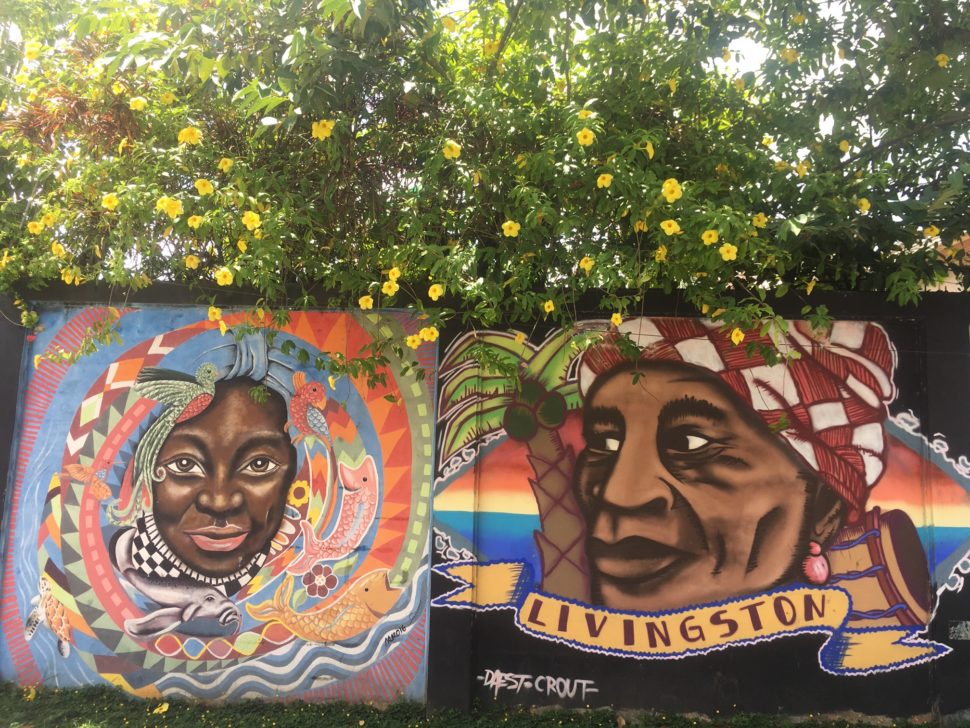
Palenque, Colombia
About an hour inland from Cartagena lies San Basilio de Palenque, the first free Black community in the Americas. Palenque means “walled city” and true to its name, the village began as a refuge for enslaved Africans escaping from the port of Cartagena.
Led by Benkos Bioho, an escaped slave whose family ruled islands near what is now Guinea-Bissau, the settlement assisted in the escape of other enslaved Africans and organized an army to dominate the Montes de Maria region. In 1605, unable to defeat Bioho’s army, the Governor of Cartagena offered a treaty that recognized Palenque as a free settlement. In 1619, that treaty was violated by the Spaniards when they captured Bioho. He was hung and quartered by Governor García Girón in 1621. Today, a statue commemorating Bioho stands in Palenque’s town square.
Palenque was fascinating because unlike Yanga, it remains fiercely connected to its history, with village residents still speaking Palenquero, a Spanish-based Creole language that is unique to the region. It’s also thought to be the birthplace of champeta, a music and dance style that is popular throughout Colombia.
Day tours to Palenque are easily arranged from Cartagena. Spanish language skills are advised if you’re looking to stay overnight as you’ll have to arrange accommodations with locals.
Isla Grande, Colombia
The Rosario Islands off the coast of Cartagena are well-known for their pale-sand beaches and cerulean waves. While Playa Blanca makes for an ideal day trip, Isla Grande is perfect for those wanting to unplug and immerse themselves in a simpler way of life.
Enjoy privacy on the island’s secluded beaches, arrange a snorkeling excursion to see the surrounding coral reefs, or take a midnight canoe through the mangroves to see bioluminescent plankton. Isla Grande belongs to one of the largest protected marine areas in Colombia and the community’s dedication to sustainability is a lesson we should all take to heart. There are about 1,000 Afro-Colombian residents on Isla Grande, who you’ll meet if you venture into the tiny village.
El Carmen, Peru
Nestled in the Ica region of Peru is the small town of El Carmen, which boasts the largest concentration of Afro-Peruvians outside the capital of Lima. The Chincha area where El Carmen can be found was once home to the country’s sugar and cotton plantations on which enslaved Africans were forced to work. After slavery was abolished in 1854, many Afro-Peruvians remained in the region.
Peñas are an Afro-Peruvian staple that offer an opportunity for locals to mingle over drinks, food, and dance. While you might find a peña in Lima open on the weekends, you’ll find them operating every night in El Carmen.
Former plantation homes are still around for those interested in a tour. The most well known is Hacienda San Jose, a former sugar plantation turned luxury hotel. The resort offers tours of the underground tunnels which connect to surrounding plantations and were used by landowners to traffic enslaved Africans in order to avoid paying taxes. After slavery was abolished, the tunnels were turned into catacombs and used to store the remains of plantation workers.
